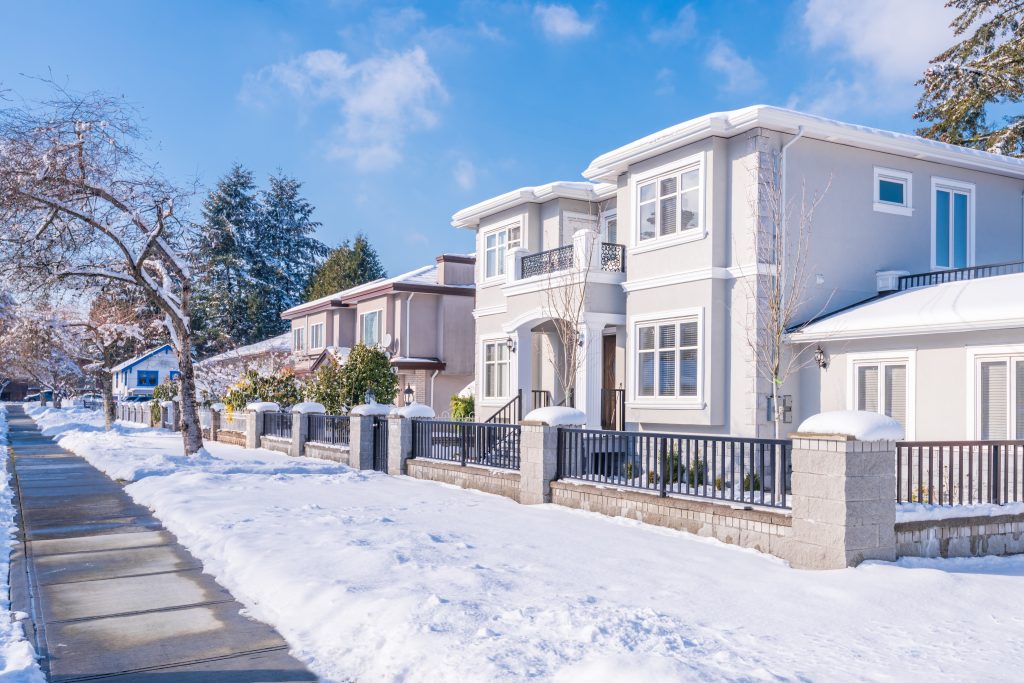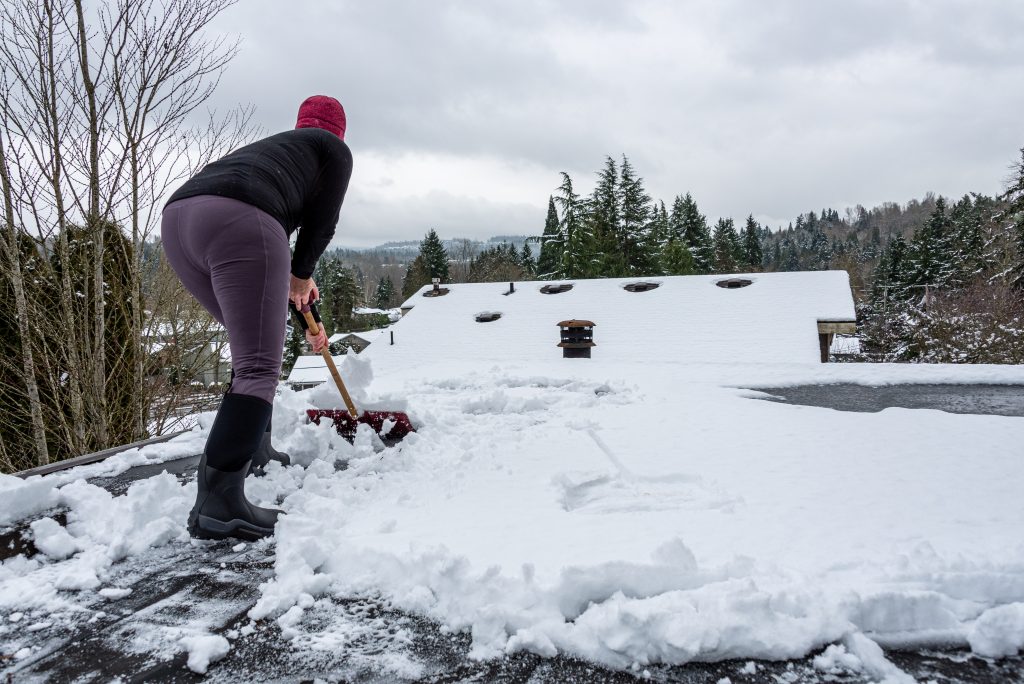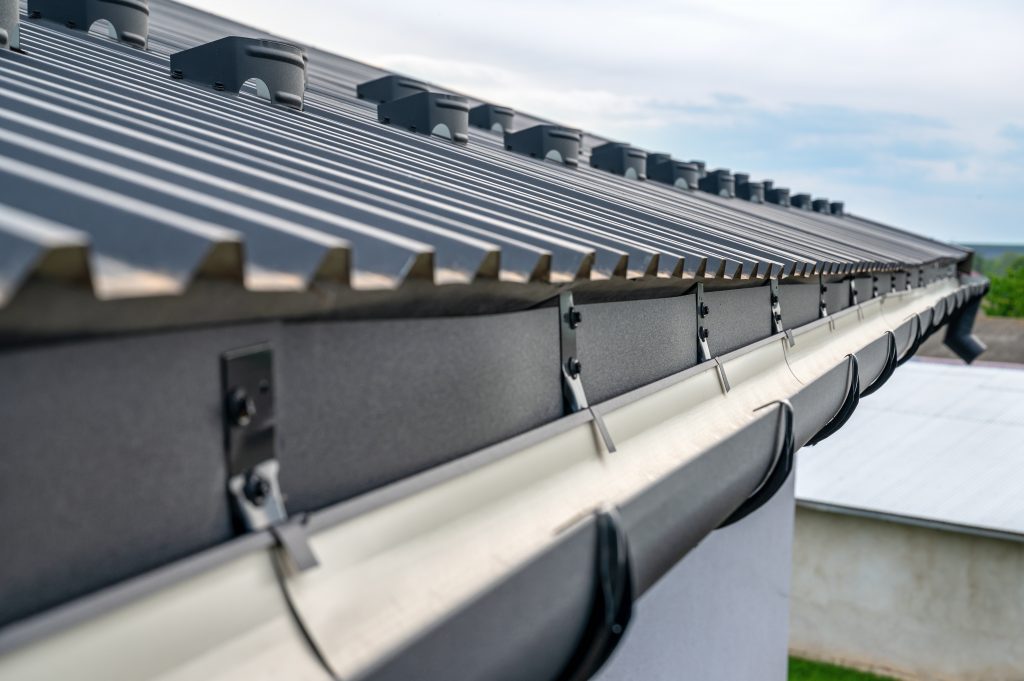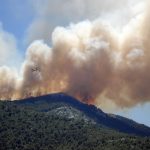Protecting Your Home During Winter Season
Which season do you prefer most? For me, the fall season is just right. When the leaves start to change, you can begin wearing your favorite sweaters and jackets that have been sitting in your closet all summer.
Then it’s winter. The cold becomes colder and the weather becomes harsher. Wherever you reside, the winter season invites some of the most challenging weather-related events of the year. For homeowners who deal with constant rain, heavy snow, or harrowing storms, we know how anxious it may be to hope your home isn’t in the zone of impact.
If you know the weather will be tough this season, what can you do to prepare your home from possible damage? We’re here to help you stay warm and far from any disaster.
Types of Winter Weather
There are several forms of weather, ranging from mild to severe. Since each weather event poses a different level of risk, you need to know which ones are strong enough to cause potential damage to your home and which ones are weaker but will still require you to make minimal adjustments.
Winds. Even though winds are nothing new, they can become much stronger during the wintertime. Based on the foundation of your home and the proximity of nearby trees, you may be in trouble. Check the weather on your phone app or computer to see how strong the wind is, usually indicated by MPH.
Rain. Another form of weather we’ve all experienced is rain. Now the rain is something you either love or you don’t. Whatever your stance is, rain can become much heavier during the winter months, potentially causing leaks in your home or wear and tear of poor building material.
Thunderstorms. A thunderstorm is not ideal for any area, especially for our furry friends. You can identify this form of weather by looking for a combination of dark clouds, roaring thunder, lightning, and moderate to severe rain.
Snow. Although playing in the snow is a fun-filled activity, that may not be the case for heavy snow. Homeowners who regularly experience snow know that it can be more inconvenient than what others may perceive. Just like with rain, either you get light snow that immediately melts on instant touch, or you get a heavy downfall that causes chaos to your home.
Blizzards. Blizzards are a form of heavy snow that usually comes with ice and freezing temperatures. Some blizzards are so severe that it would be far too dangerous to go outside. Blizzards are prone to quickly freezing anything in their path in a short amount of time.
Tornadoes. While tornadoes are rare in some states, they are heavily frequent in others. This form of weather is classified as a strong swirl of clouds, wind, rain, or hail. It should go without saying, you do not want to get caught up in the path of a tornado.
Hurricanes. Also known as cyclones, hurricanes are storms combined with violent wind. The dangers of a hurricane include torrential rains, high winds, and storm surges. In some cases where a hurricane occurs, evacuation from your home may be necessary.
Floods. During the event of heavy rain, floods may occur. For homeowners whose property is in a flood zone, you may have to take extra steps to prepare for the worst. If you’re unsure if your home is in a flood zone, check the FEMA map and input your address for more information.
Preparation Tips for Common Weather Situations
Home Protection from Winds
When protecting your home from strong winds, first scan the exterior of your home. Anything visible that may get in the wind’s path and has even the slightest possibility of being blown away should be immediately secured or taken indoors. To prevent your house from being damaged by trees, take extra caution with nearby greenery.
- Protect windows and glass doors
- Reinforce garage doors
- Trim or remove dead or damaged trees
- Secure personal items outside the home
- Secure fencing, porches, and sheds
Home Protection from Rain
Though rain can be a good thing to prevent ourselves from going into a drought, we must protect our homes from possible leaks and water damage. We suggest focusing on your home exterior to avoid rain coming into the house.
- Maintain gutters and downspouts
- Check wall air conditioners
- Check windows
- Seal roof deck
- Seal cracks between the frame and the house
- Keep trees trimmed
Home Protection from Snow
Much more severe than rain, snow can cause damage to your home by freezing your electric systems and potentially keeping you and your loved ones snowed in. Ensure your pipes and all openings in your house are well-protected and that your heater is functioning correctly to keep you safe and warm.
- Protect your pipes
- Seal windows and doors
- Clean out gutters
- Keep your attic cool
- Watch your roof
- Remove excess tree branches surrounding your home
- Check heating system
Home Protection from Severe Weather
For drastic weather-related events such as floods, tornadoes, or hurricanes, taking extra protective action may be necessary to protect your home and keep you from harm’s way. If you are in an area where severe weather is bound to occur, we strongly recommend having backup plans for food, water, and shelter in case protecting your home is not possible.
- Flood proof your home
- Build a safe room
- Install storm shutters
- Have a backup plan for temporary relocation
- Have emergency food and water ready
Additional Protection Tips
While protecting your home is important, your safety and health should hold higher priority. After taking all the necessary actions to protect your home from winter weather, here are some additional tips that ensure you are equipped with everything you need:
Save extra blankets and pillows. If your heating system happens to break or is unable to function, extra blankets and pillows will be valuable in keeping you warm.
Protect your electronics. Protecting your items, such as your phone, tablet, and laptop means having a way to contact others if you need help. Keep them away from windows and stored away if possible.
Have a backup power source. In case your outlets are damaged due to weather-related events, having a backup power source ensures your electronics can stay powered and you can maintain communication with others outside your home.
Create an emergence preparedness kit. Weather.gov provides a complete checklist full of everything you need to prepare for harsh winter weather. From your home, to your car, to food, this will help you stand strong against the cold season!
Using Home Insurance for Damage
All these types of weather have the potential to damage your home, though we hope that will never be the case. If you have home insurance and your property suffers damages due to the aftermath of weather-related causes, then the cost to repair may be covered by your insurance company.
According to Aon’s Impact Forecasting, a group that analyzes catastrophe risks, natural disasters caused an estimated $71 billion in insured losses worldwide. If this statistic surprises you and you don’t already have home insurance, it’s better to be safe than to pay for large amounts of repairs out-of-pocket.
The most common types of weather-related damage during the winter season are hail, roof, water, wind, and power damage. If you notice damage to your home after a weather-related event, call your insurance company right away. An agent will be able to speak with you on the issue and let you know what your current policy covers.
Even if you haven’t experienced damage to your home from weather-related causes, it’s best to review your home insurance policy to know what it outlines and what is covered before it’s too late.
Stay Safe Out There!
Whether we experience sunny skies or gloomy days, Mother Nature is still a beautiful thing. These weather-related events are just signs that our beloved Earth functions as it’s supposed to. Though some of what may happen in the winter can cause more damage than we’d like, most of it is out of human control. That’s why it’s critical to be proactive, protect your home against these natural events, and save yourself and your personal belongings from being harmed.
If you’re interested in protecting more than your home, like your environment and community, take a look at our guide on sustainable living. Learn about the benefits of being resourceful at home and ways to simplify your daily routine!








